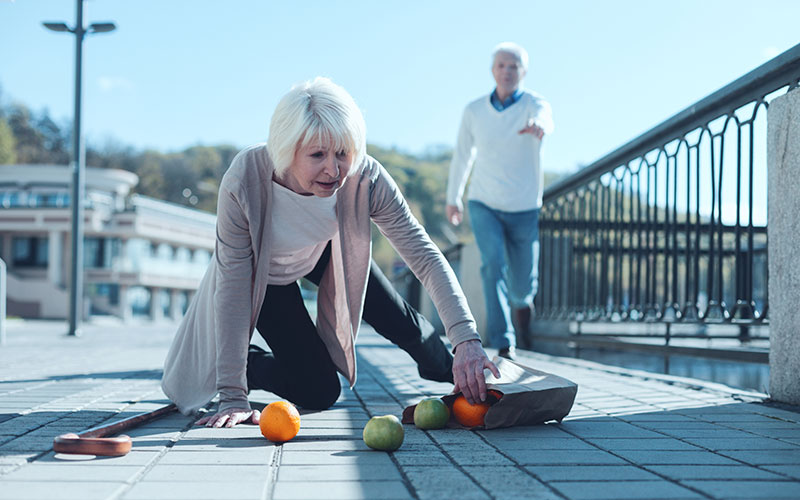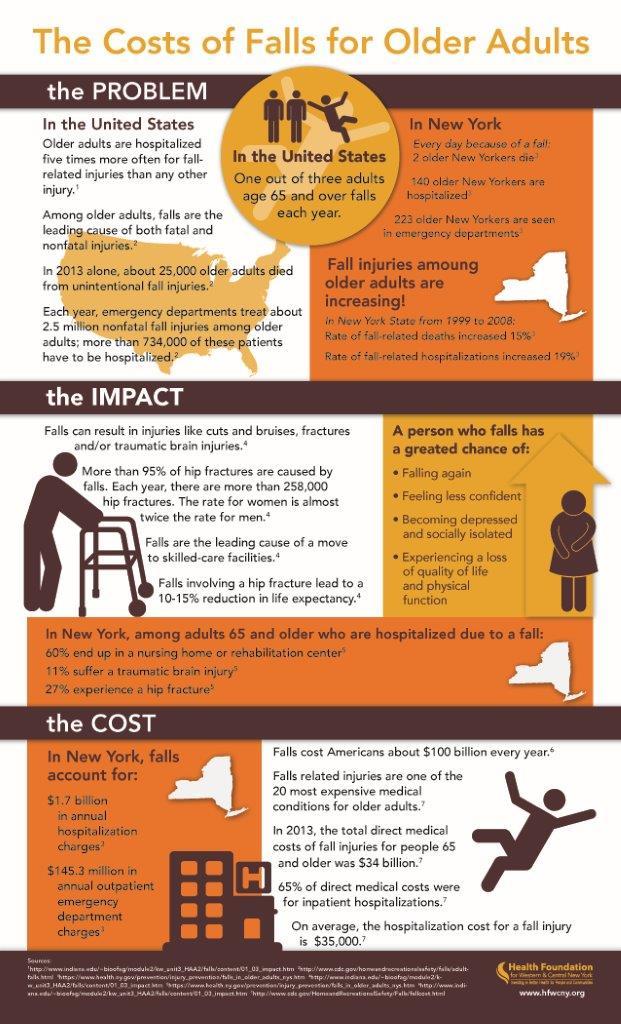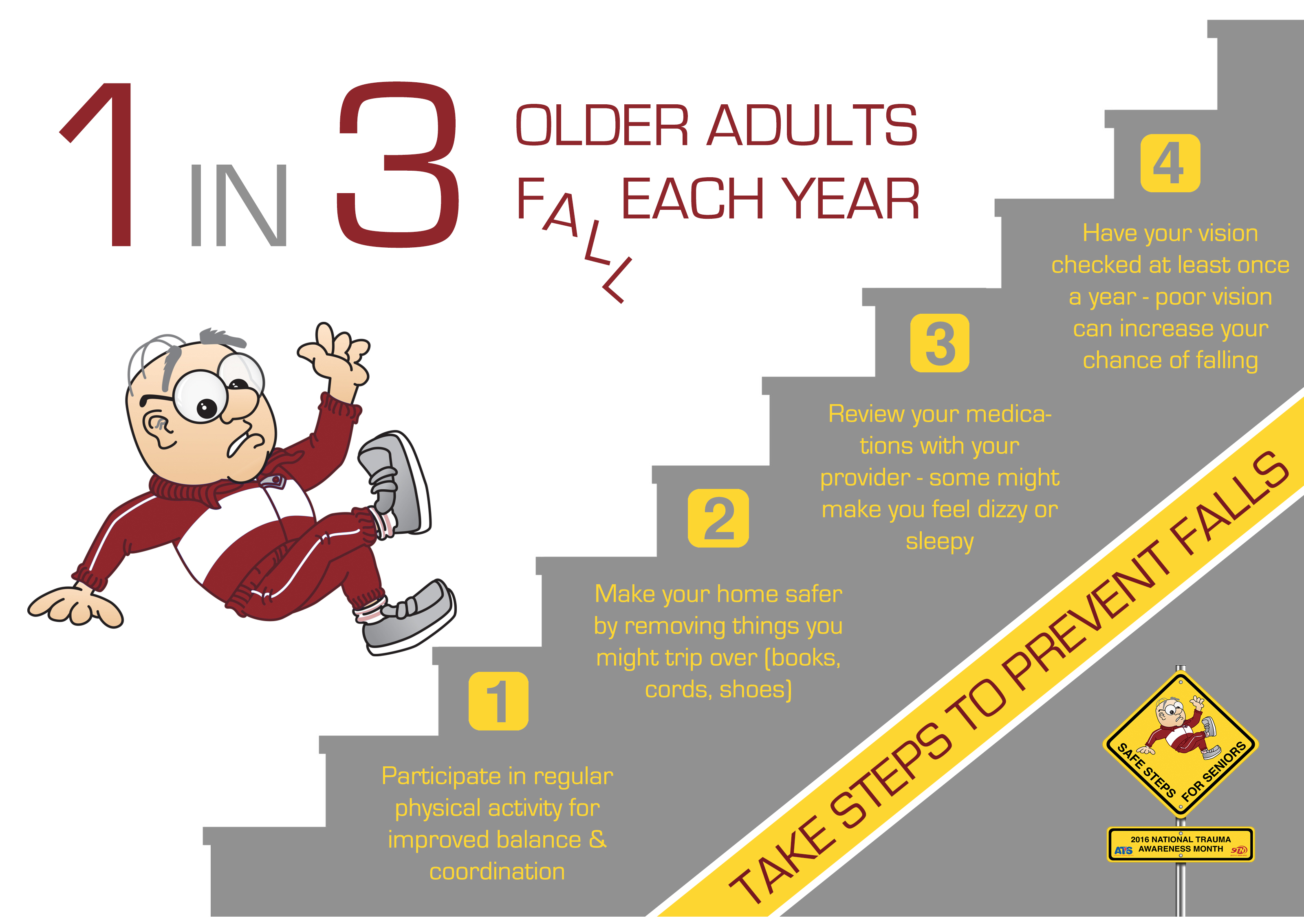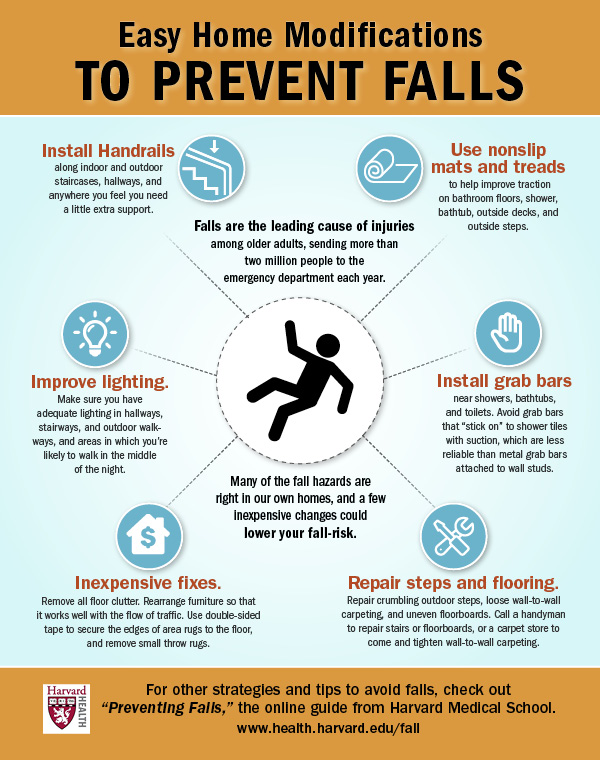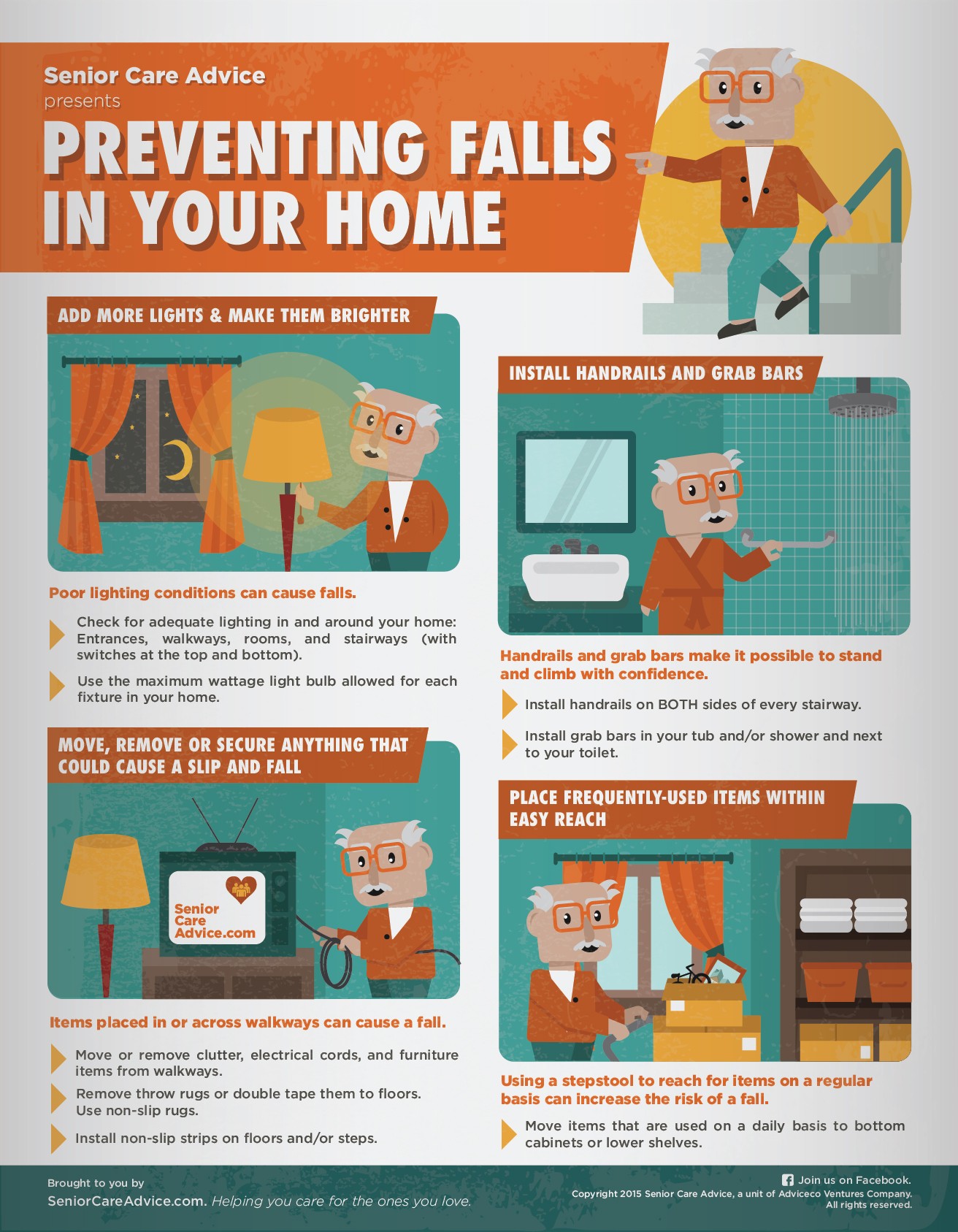Recommendation Tips About How To Prevent Falls In Older People
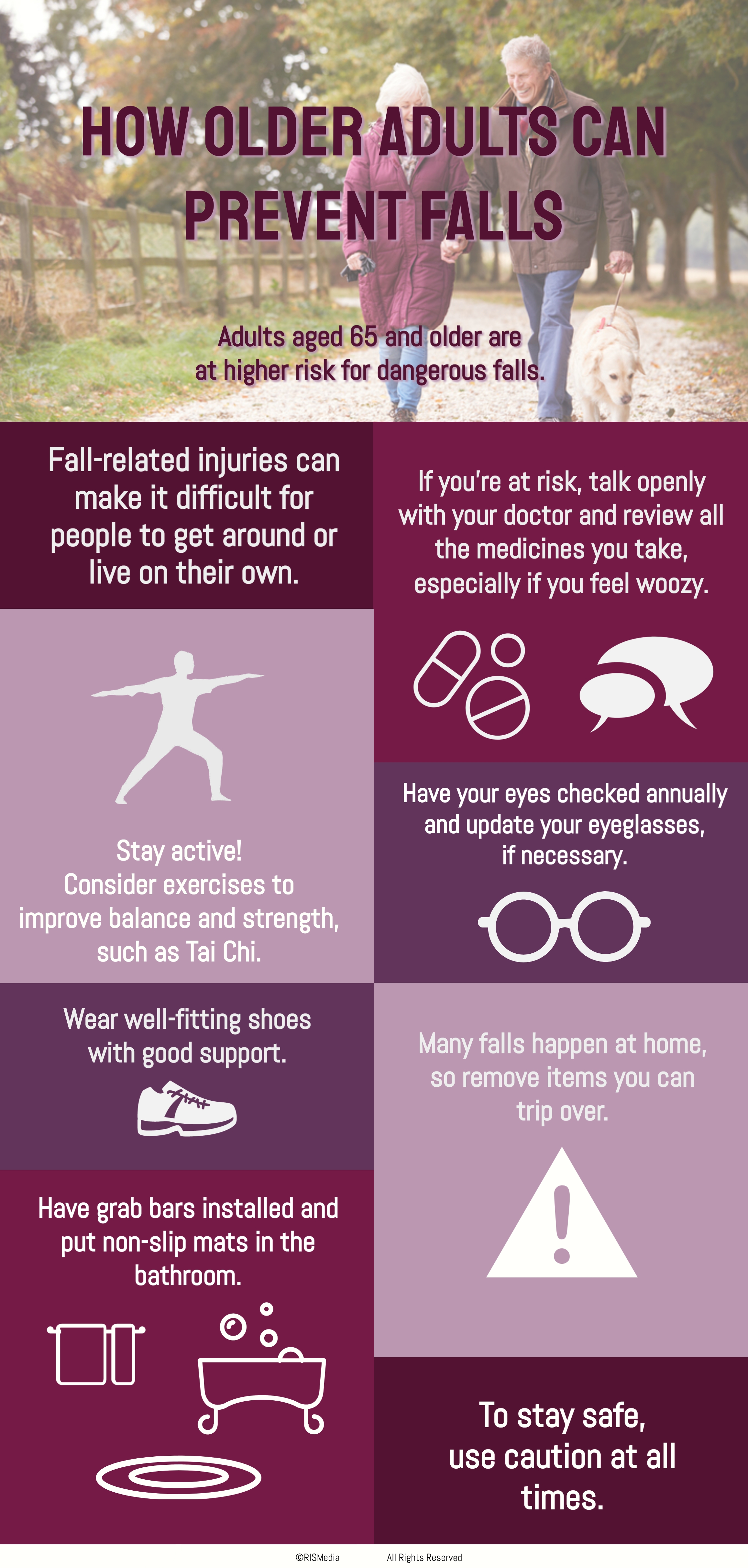
You can reduce your chance of falling or help a loved one prevent falls.
How to prevent falls in older people. Trip hazards like rugs, floor mats and electrical cords. More than one out of four older adults fall each year, and 20% of these falls cause a serious injury, such as a broken bone or head injury, according to the centers. This may involve one or more simple tests to.
You might think that moving less will help you avoid a fall, but actually, movign more and staying active is the best thing you can do to stay as mobile and independent as. We identify older adults as. How can i prevent falls?
Two types of exercise that can help keep ankles—an important joint for keeping you steady on your feet—strong and limber. By combining consistent and appropriate exercise with a personalized falls prevention strategy that can be adapted by care home staff, we should see a reduction in falls for. We can start by lowering the chances of a fall happening just as we would with any other risk to our health and wellbeing, such as washing our hands to prevent a cold or wearing.
There are proven ways to reduce and prevent falls, even for older adults. Unsafe footwear, such as loose slippers or narrow heels. However, these interventions are difficult to implement into the community.
More than 90% of older adults see a medical provider at. Falls are common—at least 1 in 3 older people falls once a year. Falls and fractures in older people can be prevented and the strategy being published today outlines a range of measures that should assist older people to avoid falls, and.
In residents of care facilities, the evidence is inconclusive regarding exercise, but vitamin d supplementation and increasing dietary calcium and protein intake may prevent falls. All older adults should be advised on falls prevention and physical activity. This guideline covers assessment of fall risk and interventions to prevent falls in people aged 65 and.
Consequences of falls include fractures and head injuries, reduced quality of. Having healthy bones won’t necessarily prevent a fall, but if you do fall, healthy bones may help prevent serious injury, such as breaking a hip or other bone. Guidelines recommend the use of multifactorial falls prevention interventions.
Slippery surfaces, such as wet or polished floors, or spills. While it’s not possible to completely prevent a fall, exercises that focus on balance and strength training can reduce the risk of falling. Exercises to prevent falls.
Why you should walk slowly and make sure you hold. Taking precautions, such as making changes in your home, starting an exercise routine, and regular checkups with your doctor, may help keep you safe. How to prevent falls:
If you have had a fall or you are at risk of having one, your balance and walking should be checked. Many older people fear falling and with good reason. Falls can lead to serious injury.

